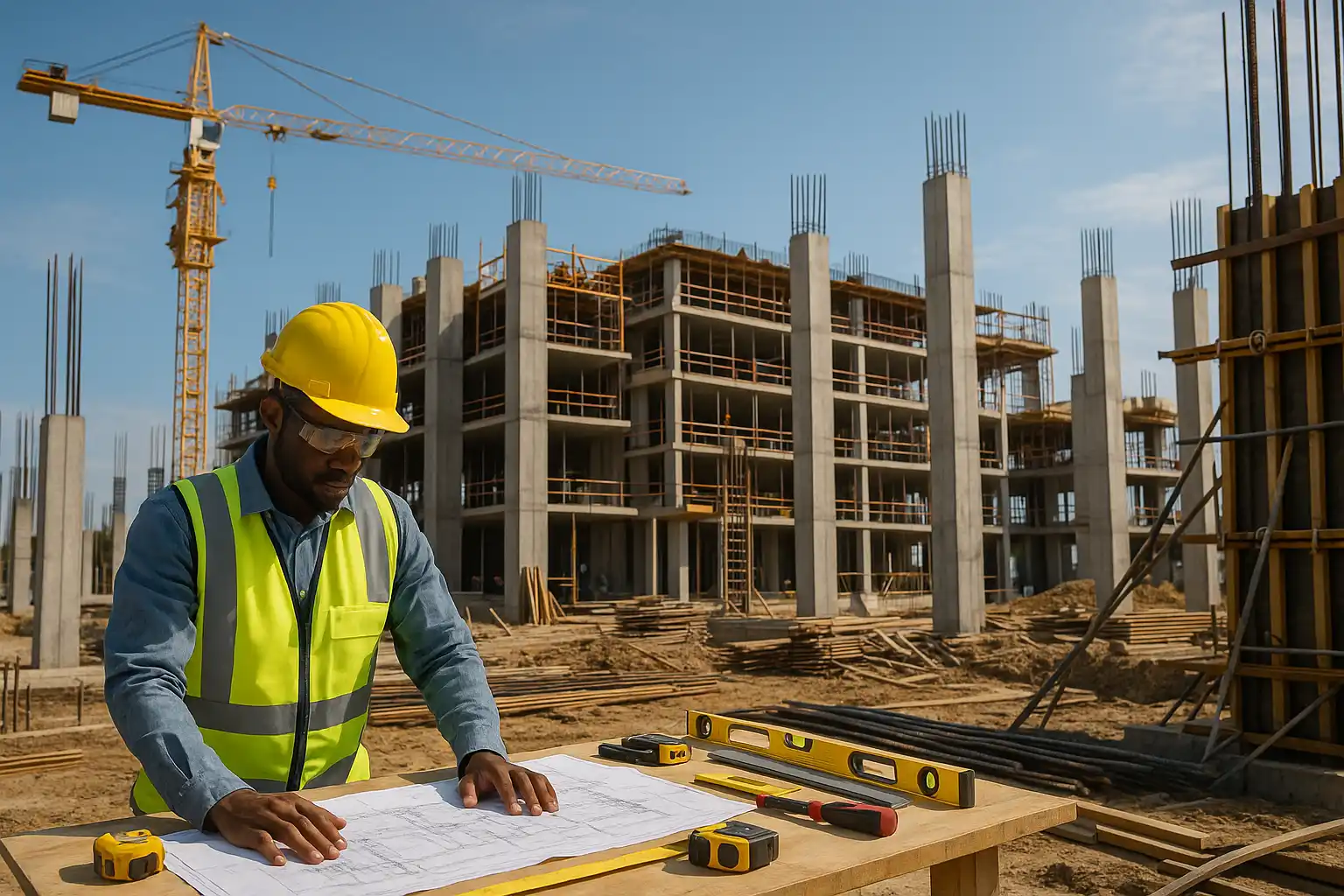
Essential Construction Techniques Every Builder Should Know
Introduction
Construction is an intricate blend of skill, knowledge, and strategy. For builders and architects alike, understanding fundamental construction techniques is crucial for ensuring quality, safety, and efficiency. Mastery of these methods not only guarantees durable structures but also enhances project timelines and cost management. From modern technology applications to traditional approaches, these essential construction techniques form the backbone of every successful building project. In this article, we explore the most critical techniques every builder should know, providing practical insights, actionable guidance, and examples of best practices in the field.
H4: Foundation Techniques
The foundation is the backbone of any structure. Proper foundation work ensures structural stability and longevity. Builders must understand soil analysis, load-bearing capacities, and foundation types, including shallow foundations (like strip and raft foundations) and deep foundations (such as pile and drilled shafts). Each type has its advantages and applications based on soil conditions and building specifications. Attention to detail in excavation, formwork, reinforcement, and concrete pouring is essential. Poor foundation work can lead to settlement, cracks, or even catastrophic failure. Modern methods integrate geotechnical engineering insights to optimize foundation design, combining traditional techniques with advanced technology.
H4: Framing Techniques
Framing forms the skeleton of the structure. Effective framing provides strength, shape, and support for the building. Common techniques include timber framing, steel framing, and reinforced concrete frames. Each material has unique properties, advantages, and challenges. Builders should ensure proper alignment, bracing, and connection methods to maintain integrity under load and environmental pressures. Modern framing integrates prefabricated components for speed and accuracy, reducing on-site errors. Understanding load paths, beam placement, and connection hardware ensures the structure remains safe and reliable, even under extreme conditions.
H4: Concrete and Masonry Techniques
Concrete and masonry remain staples in modern construction. Mastery of concrete mix design, curing, pouring, and finishing is essential to achieve strength and durability. Masonry techniques, including brick, block, and stonework, require precision, proper bonding patterns, and mortar quality. Builders should incorporate reinforcement strategies, moisture barriers, and quality control measures to avoid cracks or structural weaknesses. Advanced concrete methods, like self-compacting concrete or high-performance mixes, improve efficiency and longevity. Using proper scaffolding, formwork, and alignment tools ensures even surfaces and precise dimensions, which are vital for both safety and aesthetics.
H4: Roofing and Waterproofing Techniques
Roofing protects structures from environmental elements. Understanding roofing techniques, from truss installation to shingle placement, is vital. Builders must consider load-bearing, wind resistance, insulation, and waterproofing. Waterproofing techniques include membrane application, sealants, and proper drainage planning to prevent leaks, mold, and structural damage. Green roofing and reflective materials enhance energy efficiency and sustainability. Builders should follow precise cutting, alignment, and fastening methods to ensure a long-lasting, leak-proof roof that withstands local weather conditions. Integrating modern insulation and ventilation methods improves indoor comfort and durability.
H4: Electrical and Plumbing Integration Techniques
Modern construction requires seamless integration of electrical and plumbing systems. Proper planning ensures functionality, safety, and maintenance efficiency. Builders must understand conduit placement, circuit planning, pipe routing, and fixture installation. Compliance with safety codes, load calculations, and spacing requirements is mandatory to prevent hazards. Techniques like embedded conduits in walls, concealed piping, and modular plumbing enhance aesthetics while maintaining access for future maintenance. Coordination between teams during construction reduces delays and costly rework. Incorporating energy-efficient systems and sustainable water solutions aligns construction with modern green standards.
H4: Safety and Quality Control Techniques
Construction safety and quality control are non-negotiable. Builders must enforce strict site safety protocols, including PPE usage, hazard identification, and emergency procedures. Quality control involves routine inspections, adherence to design specifications, and material testing. Techniques such as mock-ups, sampling, and digital monitoring enhance accuracy and accountability. Modern construction increasingly employs drones, sensors, and software tools for real-time quality and safety management. Proper documentation and adherence to industry standards protect workers, reduce liability, and ensure the finished structure meets client expectations.
Conclusion
Mastering essential construction techniques empowers builders to deliver high-quality, safe, and efficient projects. From foundational work to finishing touches, every method contributes to structural integrity and project success. Integrating traditional skills with modern technology ensures durability, sustainability, and client satisfaction. By continuously refining skills, adopting best practices, and staying informed about innovations, builders can create structures that stand the test of time. For expert guidance and professional services, contact BATIMOI BTP today. Reach us at info@batimoibtp.com or visit our Contact Page to discuss your construction needs.

